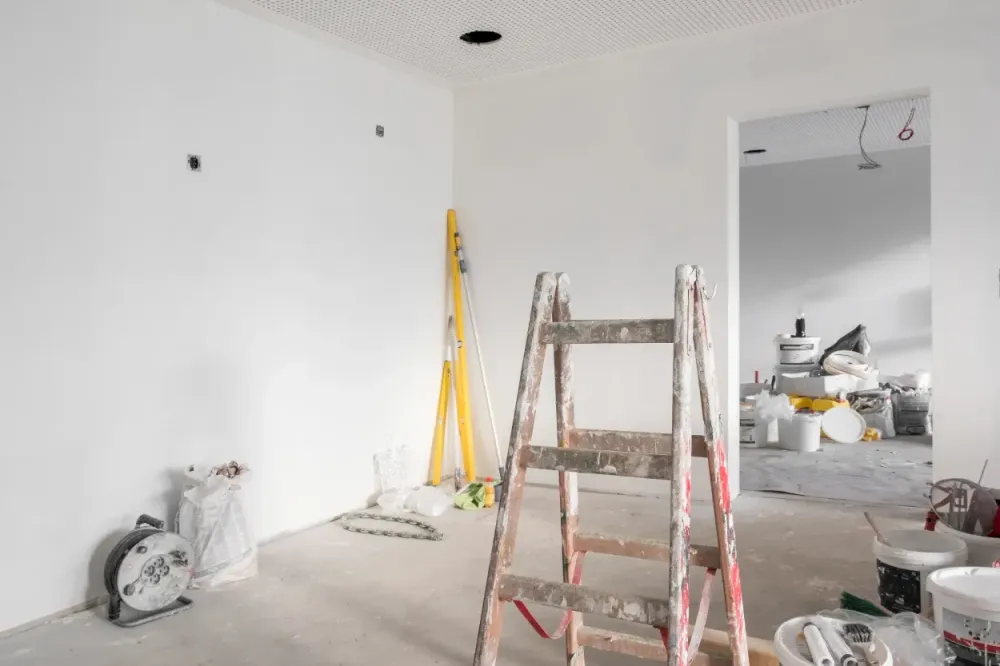Imputed rental value abolished – renovate now or wait?
After Swiss voters agreed to abolish the imputed rental value, Swiss homeowners are facing a fiscal turning point. With the reform likely taking effect from fiscal year 2028, the question is whether to bring forward planned renovations – and how to finance them sensibly. This article explains what homeowners should now consider and how to best proceed.
With the reform of owner-occupied property taxation passed in September 2025, one of the most significant changes to the Swiss tax system in decades is approaching. In the future, not only will the taxation of the imputed rental value be abolished, but the ability to deduct maintenance costs and mortgage interest from taxable income will also be eliminated.
What may seem like a mere administrative adjustment is, in fact, a turning point. The reform fundamentally alters the financial balance between homeownership, external financing, and maintenance. The imputed rental value will disappear, but so will the tax leverage that has previously made many renovation projects economically viable. Those who wait now risk missing out on this final window of opportunity.
The new regulation is not expected to come into effect before the 2028 fiscal year. However, many homeowners are already beginning to reevaluate their renovation strategies, and rightly so.
Current tax system vs. reform
Homeowners are currently required to pay tax on a notional income – the so-called imputed rental value – but in return, they can deduct maintenance costs and mortgage interest. In practice, however, the taxable imputed rental value often exceeds the potential deductions, meaning that property owners are usually subject to additional tax burdens despite these offsets.
Going forward, this offsetting will be eliminated entirely: neither the imputed rental value nor mortgage interest or maintenance costs will be considered for tax purposes. Only energy-efficiency upgrades and heritage conservation work will remain deductible for a transitional period, depending on the canton.

